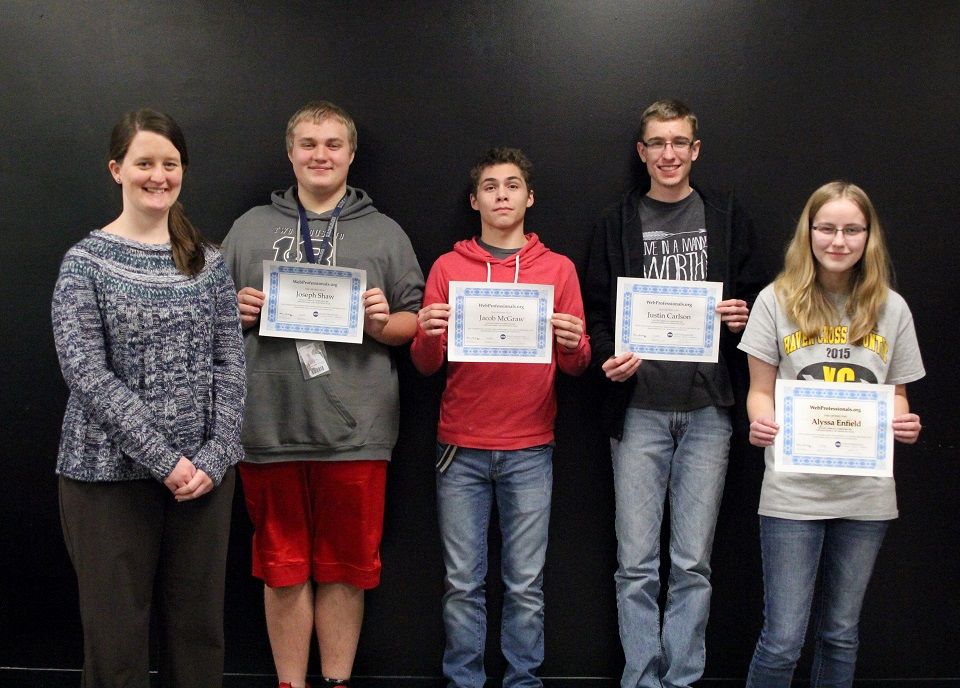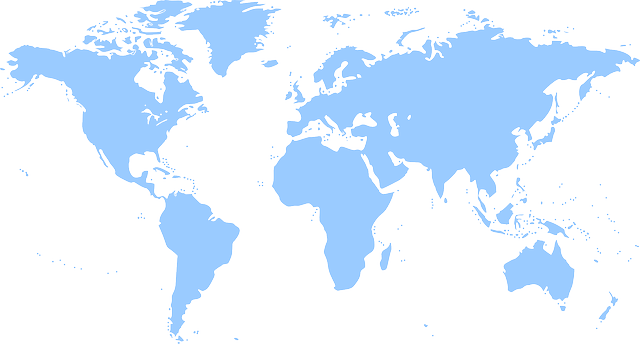Blog
Impacting Students With the Power of Story

Last week we published an article on Ian Kilpatrick and his students at the High School of Fashion Industries in Manhattan, New York City. Ian’s students in his Computer Science course are working through our Web Game Design curriculum (and will be working through our Web Design curriculum in Spring of 2024), and they are learning technical and soft skills that will help them in their future educational and career pathways. Today we are featuring an interview with some of Ian’s students to get the student perspective.
We are geared to react to stories. Professional designers and developers must understand the power that story plays in product creation and promotion. Think about it: the power of a story is essential anytime you are trying to engage a target audience. Story is part of the full spectrum of engagement, including interviews for jobs, selling your ideas to win contracts, leading and motivating your team, building games, and creating websites that enthrall users.
Our curriculum is preparing Ian’s students as part of the FutureReadyNYC (FRNYC) initiative. FRNYC integrates the best of college and career preparation to successfully launch students into strong careers in high-wage and high-demand sectors. Ian’s class has a balanced mix of boys and girls, showing that anyone can access in-demand and high-paying career pathways.
Let’s hear from three of Ian’s students to hear more about their experience using CTeLearning curriculum.
How are you enjoying learning about the world of web game design?
Jimena: I enjoy creating, editing and adding sounds to games that fit my style. It's very interesting how the professionals in the courses explain what they do and give their advice on how to approach the assignment. I get to see what these professionals do when they are working and how they find bugs or errors in a game.
Violet: I really enjoy learning about web game design. I was always interested in the computer science field. It is a really big field that expands and develops everyday. I didn't always have the opportunity to have a computer and learn about it , and this course really helped me to expand my knowledge about it. I really like the problem solving process in this major, the process of making something new, and I am glad I am in this class.
Lisa: In my opinion Web Development is a really interesting and open field, mostly because it has so many open opportunities and is open for everyone. I am glad I chose computer science as my major and now have opportunities to learn more about it and find my favorite things about it.
What did you like about the Text Adventure game activity?
Jimena: I like how we were able to add our own unique spin on our game without having restrictions on what to write about. It was fun viewing other classmates and how much imagination and creativity they had and getting inspiration from their work.
Violet: I really liked that it helps with just starting and understanding the construction of making games, plus you can see what you are capable of in the sense of creating interesting plots for games.
Lisa: In my opinion, the Text Adventure activity was really useful because it allowed me and my peers to feel in charge of creating a game. We had to come up with a plot for a game, choose who will be a character, figure out who the intended audience is, and decide on which genre the game would work the best. We also went through the process of testing the game. We had three rounds of tests and after each round we had to improve our games.
What did you like about the freedom you had to create the story and interactive fiction game?
Jimena: I was able to create something that I had a passion and a vision for, making the game more interesting, enjoyable and relatable for me and to others that played it. If I did have restrictions on what my story was about, it wouldn't show the amount of creativity we have when making our own game or story.
Violet: The only rule is to make sense when you are creating a story that can go in different ways, and to not mess up when your moves and decisions interfere. Other than that you can use your imagination on max. Everybody creates unique stories and characters, and when you create your own story it feels like you are in the story. Afterwards you get to play others' games and learn from them.
Lisa: It was really interesting to test games of my peers and see that even though we all have the same assignment, everyone came up with different outcomes. We had different points of view, different plots, and sometimes even the structures of games were different. I think the diversity in games we created was mostly possible due to the freedom we were allowed to have.
What was it about the challenge of creating a story that allowed the player to find their own path so much fun?
Jimena: It makes the game more thrilling to play, since the player's options will be important to the overall story of the game. This also makes the player more involved with the game and gives them more than one ending for them to discover when playing the game multiple times.
Violet: When you are getting the feedback on your Text Adventure game, some people may take paths that you didn't expect them to take and then you have to improve or change some paths.
Lisa: I based my game on historical events that I find interesting, so choices in my game were based on players' knowledge of history and their moral values. It was interesting to see how everyone found their choices so obvious, while knowing that no one before actually chose this path. This experience showed me how different everyone’s mindsets are, even though my “testing subjects” were in the same age group and similar interests and involvement in computer science.
What would you say to someone who was thinking about taking this class next year?
Jimena: The class can sometimes get difficult, but there will be videos to guide you and help you understand the material. The curriculum websites that are used are very navigable, where everything is organized by category, making it easy to learn and keep track of your work. Even with all this help, you also need to be motivated and be persistent.
Violet: It's worth it. You have so much fun learning about coding and technology. You can create any characters while you are making your game, you will create sound effects and draw the game from the beginning.
Lisa: I really enjoy this class. I like creating games and changing the ones that already exist. I think this class is very unique because it gives the opportunity to try yourself in the new field, without having any previous experience with gaming. I am not a big fan of games, I don't play that much in my free time; however, I do enjoy working on their development on different stages.
What else would you like to say about the Web Game Design course or Text Adventure?
Jimena: I like how the website introduces new skills that will be used later in future projects, having the person use the skills that they have learned throughout the courses and manipulate them to personalize their game.
Violet: I was really excited when I started the course. I wanted to learn about web game design and how people create games and develop them. This class showed me that I actually can be creative not only on a paper using pencils, I can create characters and make them move, I can create my own story. This class improves our analyzing skills while we create games and fix bugs.
Lisa: This course is really interesting because it's really complex. While taking this course we develop different skills, and sometimes their variety is surprising. Just this month me and my peers worked on our creative (creating our games), collaborative (group assignments such as flying monkey assessment), analyzing (game analysis assignments), ethics (work to get an ethics credential on the workplace certificate), coding (work on the My Web IDE) and adaptive (trying out new programs) skills to do well in this class.
Wrap-Up
As educators, we are constantly working to build whole learners and future professionals who are future-ready for their next steps, whether that is additional educational endeavors or using their newly earned industry certifications and credentials to step into industry.
Technologies will continue to come and go. However, as educators we need to make sure we get our learners future-ready and future-proof. Critical thinking, computational thinking, soft skills, thinking strategically about education and careers and the value add of industry-validated credentials is what we must deliver for every learner.
For many students, it is impractical to impossible to get an apprenticeship; however, we can give students real-world work experiences to allow them to build career confidence. This is what we do with every one of our innovative courses including Web Animation for Marketing, Web and Mobile Game Design, Web Design for Business, Hybrid and Remote Working Professional, Bootstrap 5 for Business Sites, WordPress for Business, and more.
Work With Us
To learn more about FRNYC and how CTeLearning can help you get your students future ready, click here or call us at 913-764-4272 for a free 30-minute demo of our courses and certifications. And stay tuned for a future article featuring insights from Ian’s students.
Share To
Get in touch with us today!
You can book a demo directly using Calendly, call us directly at 913-764-4272 or 877-828-1216, or submit the form and we will reach out to you.
We look forward to helping you and your students.

Most Recent Posts




